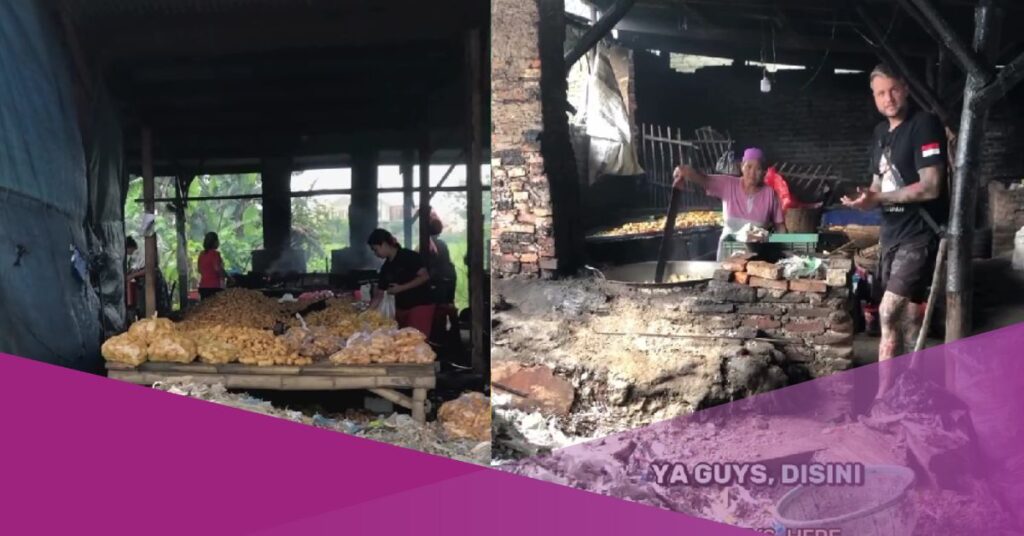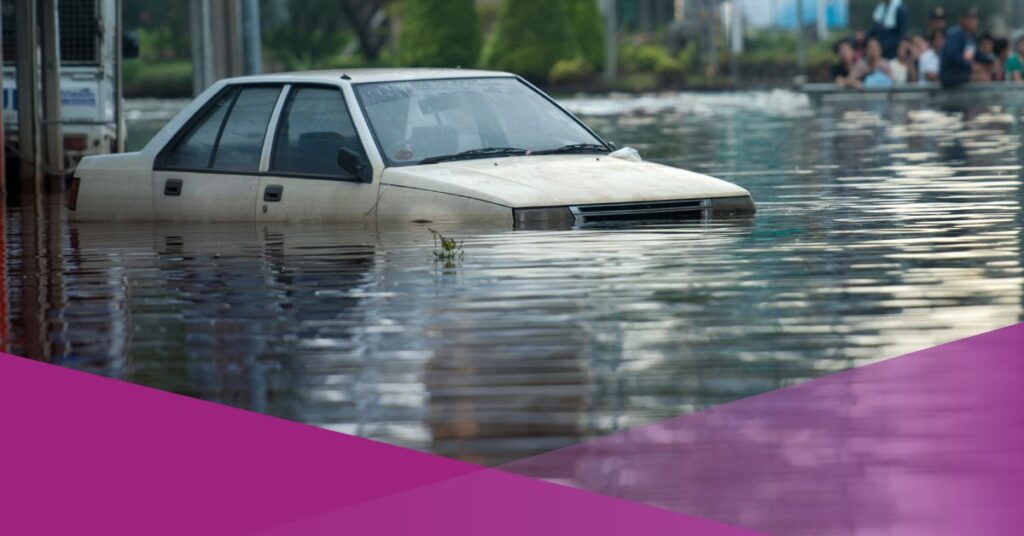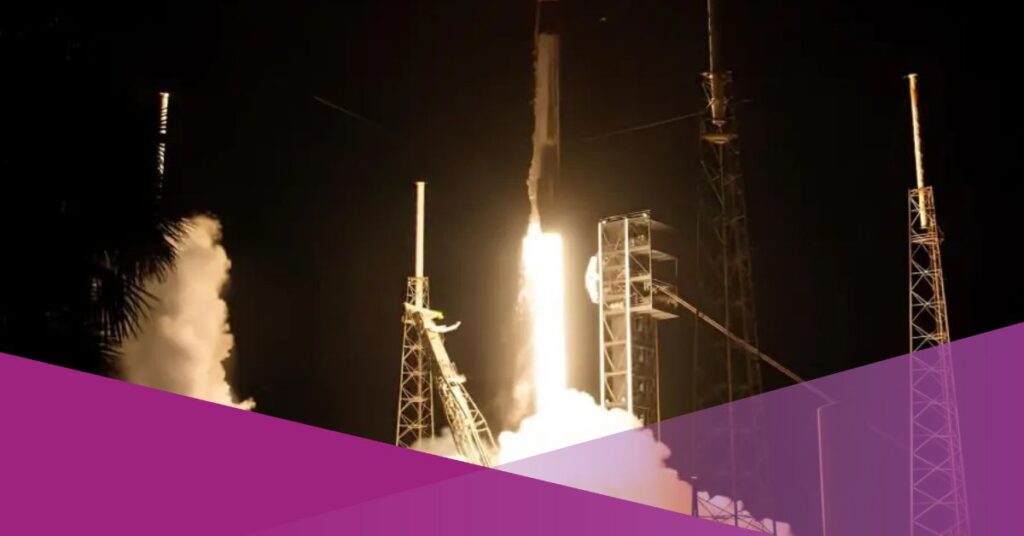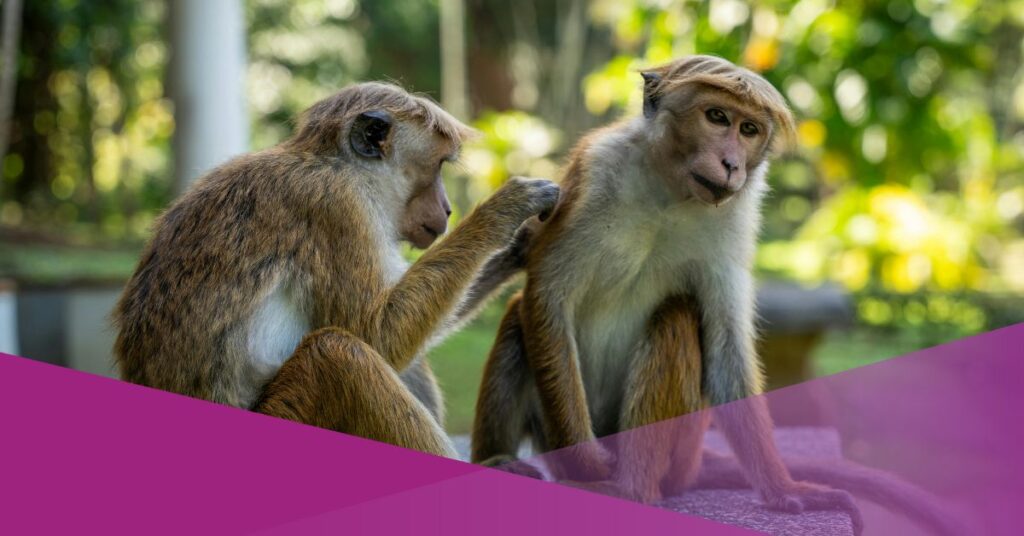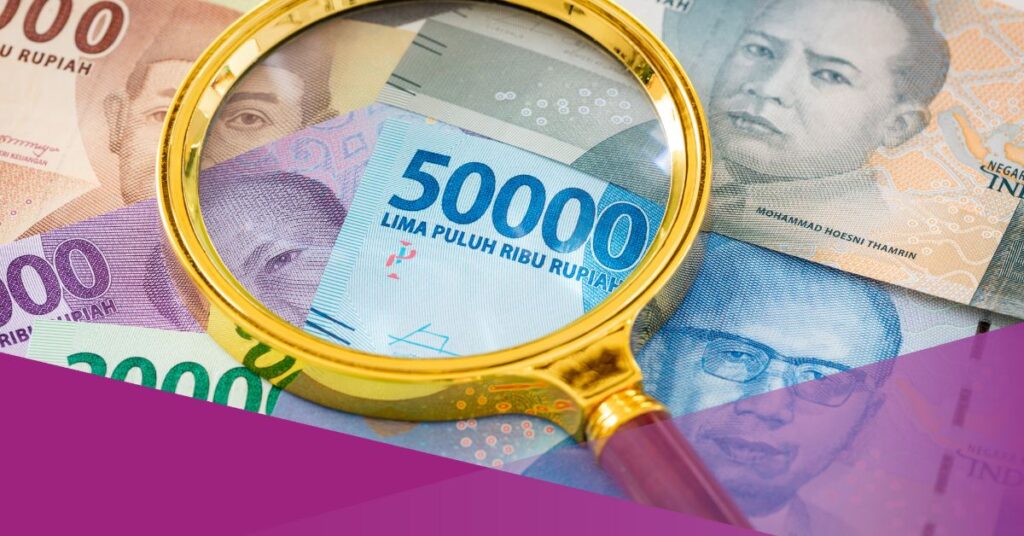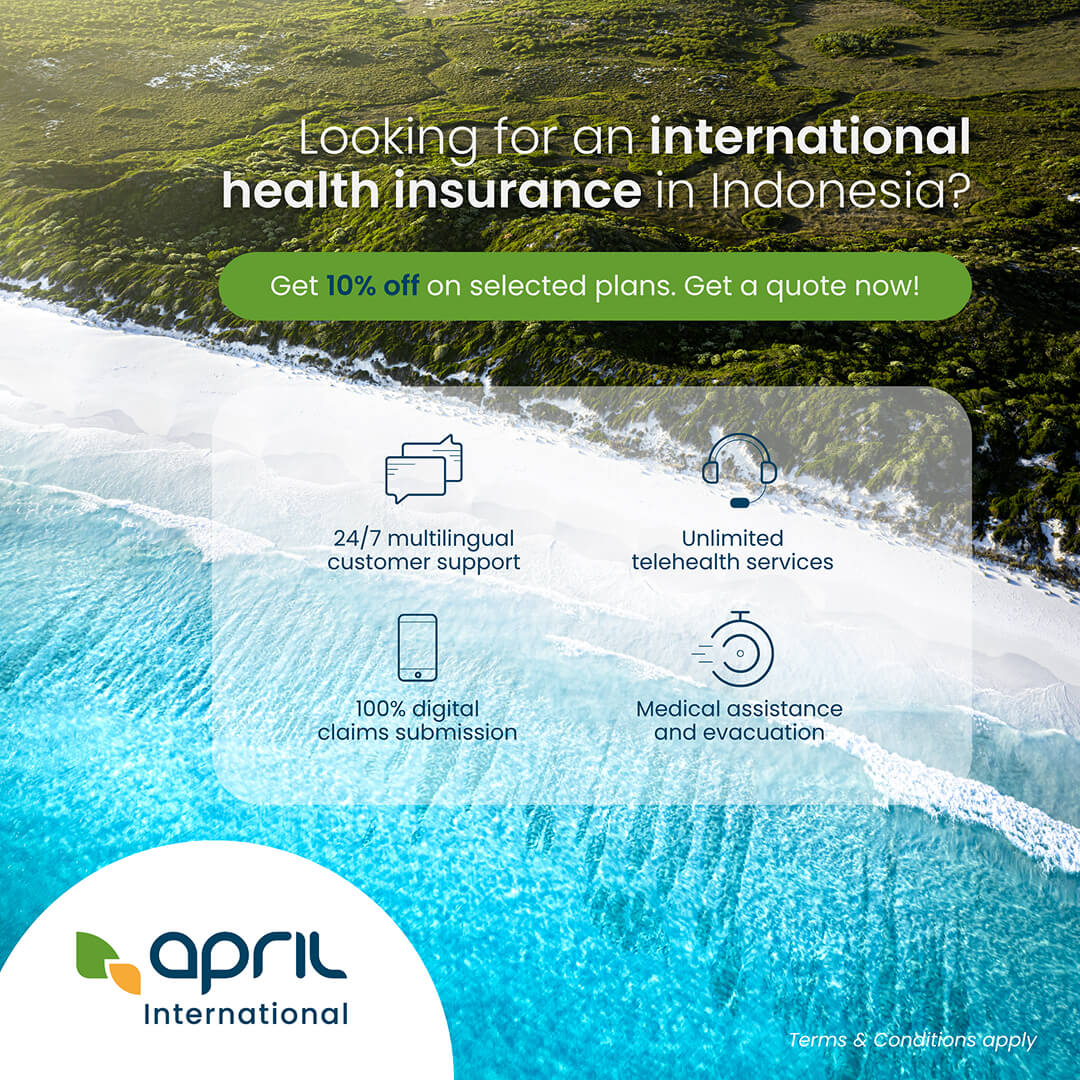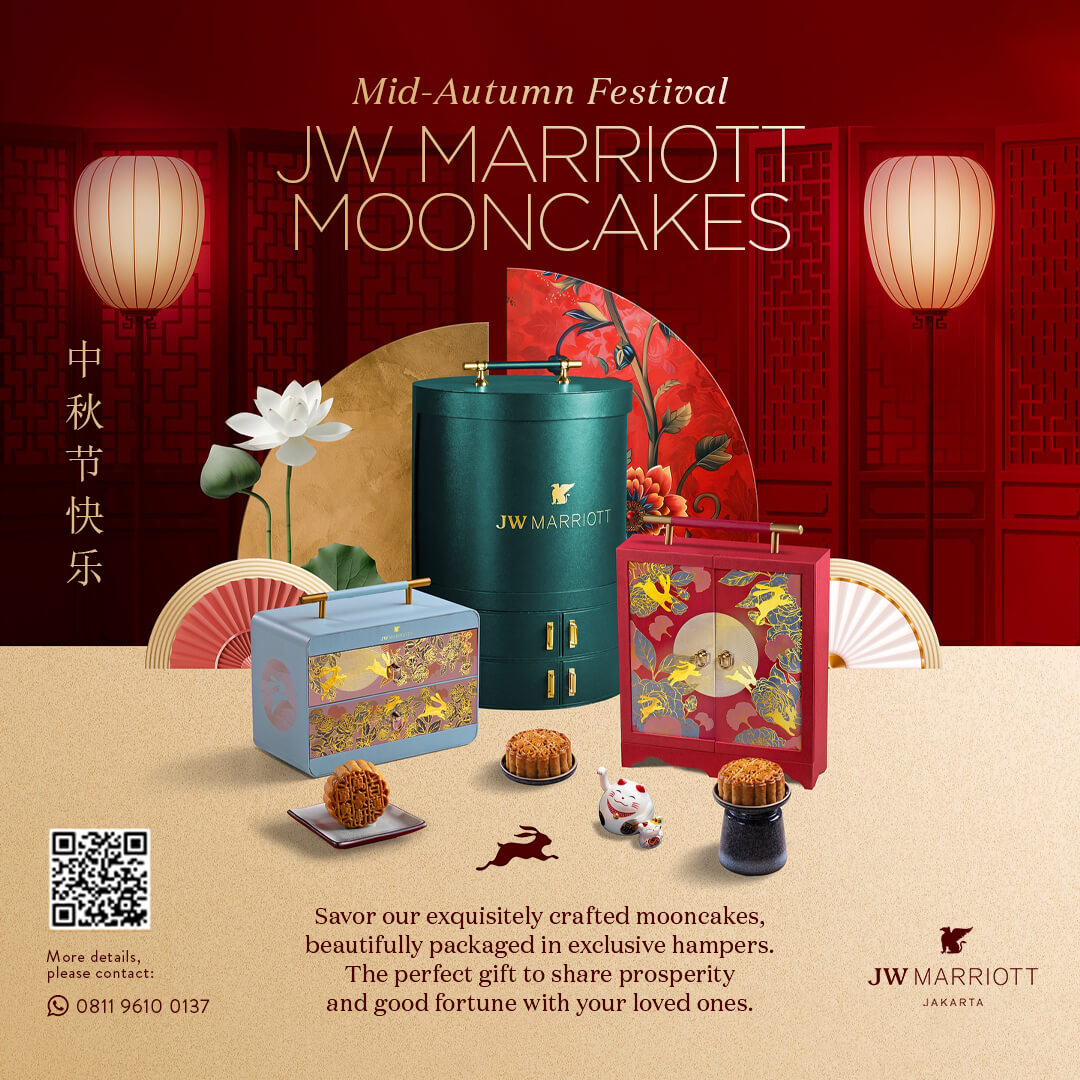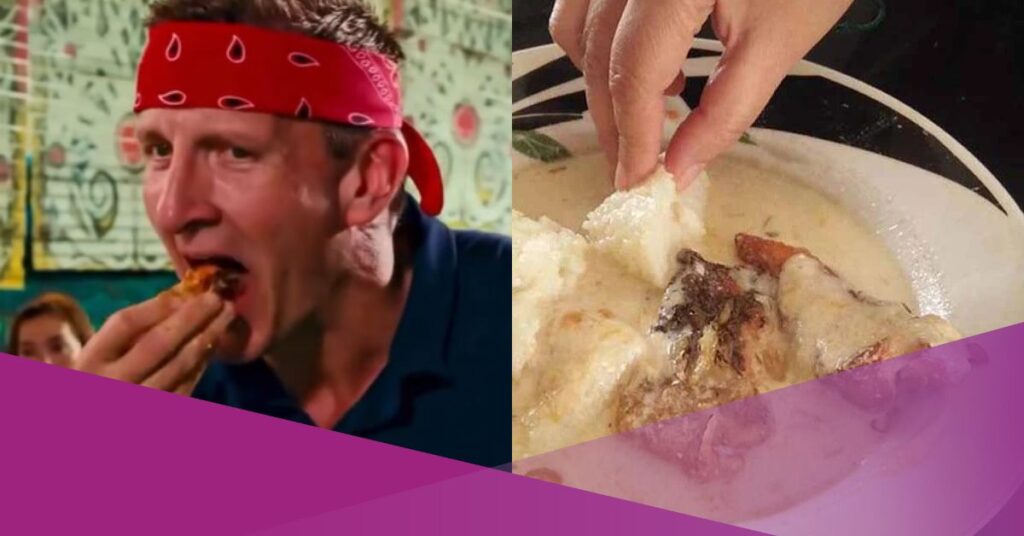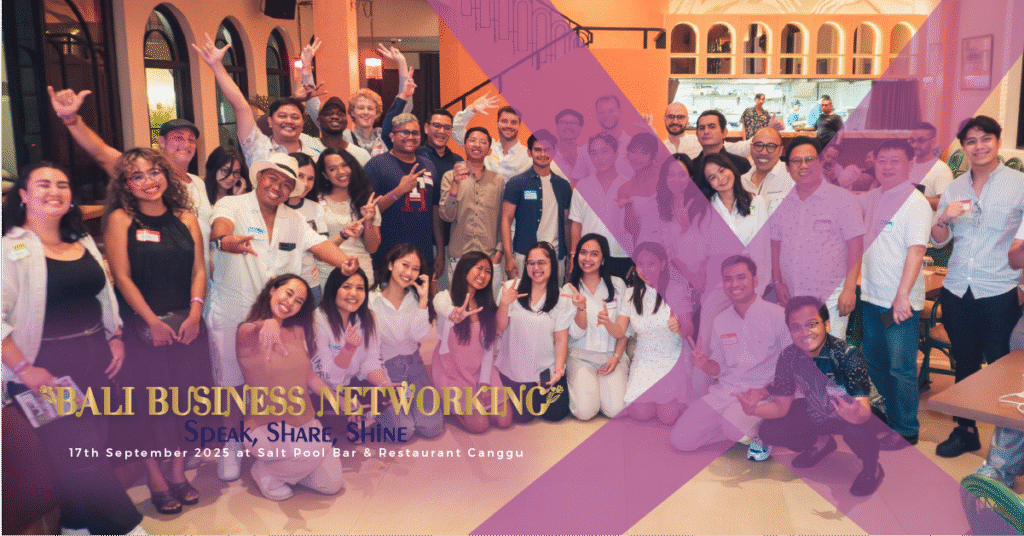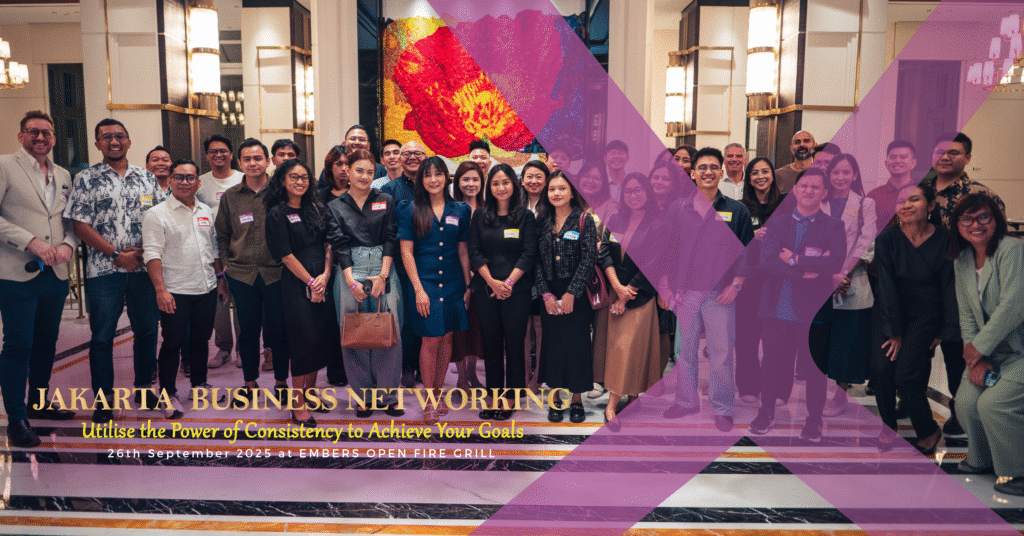Have you ever wondered whether the food you eat is contaminated by plastic? This unsettling question was raised in a recent exposé by foreign content creator Andrew Fraser, who sheds light on a disturbing Indonesian tofu factories.
In a video uploaded to his YouTube channel on Saturday, 26 April 2025, Fraser begins by stating,
“Welcome to Surabaya, East Java — a whole village with tofu restaurants whose backyards are filled with trucks loaded with plastic waste, used as fuel to produce tofu laced with god-level dioxins.”
Over the course of 22 minutes and 20 seconds, Fraser documents his visit to several tofu-producing villages on the outskirts of Surabaya, where plastic waste is openly used as a primary fuel source.
“I’m not looking for sensation — in this video, I will prove it to you,” he asserts.
“We are visiting the centre of toxic tofu in the world.”
Fraser’s footage reveals vast plumes of black, oily smoke rising from chimneys across the villages — smoke he claims originates from plastic-fuelled boilers.
“Just huge plumes of black smoke billowing from the chimneys throughout the village. The smoke is thick and oily,” he describes.
“The village looked like a small coal industry, not a food factory.”
Tofu, a staple in many Indonesian diets, is mass-produced in these areas using enormous steam boilers and woks. To minimise costs, the factories turn to the most affordable and abundant source of fuel: plastic waste.
“They use a mixture of wood and coconuts (that have lost their meat and water), which you might see on the burner. But the most reliable and consistent fuel is plastic waste,” Fraser explains.
“This is the craziest thing I’ve ever seen about waste in Indonesia. This can poison millions of people.”
This is also shown in the Instagram video by @bule_sampah, which highlights the same issue. The content creator in the video even went so far as to try the tofu produced in the factory.
Lihat postingan ini di Instagram
Sebuah kiriman dibagikan oleh Bule Sampah || Environmental Education Platform (@bule_sampah)
Health Risks and Medical Warnings
The video quickly gained traction, prompting responses from the medical community. As reported by JatimTimes, Dr Dion Haryadi, a general practitioner and certified nutrition and health coach, took to Instagram to explain the serious health consequences of burning plastic.
“Why does this need attention? Because the burning of plastic waste can produce dioxin compounds, which are classified as Group 1 carcinogens,” Dr Haryadi warns.
“Dioxin can enter through the respiratory tract or through food. The most vulnerable populations are those chronically exposed — especially pregnant women, foetuses, and toddlers.”
Research has already linked such exposure to severe health issues. In one instance from 2019, eggs from chickens raised near plastic-fuelled tofu factories were found to contain dangerous levels of dioxins and other pollutants known to cause cancer, Parkinson’s disease, and birth defects.
Fraser also interviewed a local tofu producer, who acknowledged the difficulty of sourcing alternative fuels.
“There are many differences between plastic and coconut. Plastic, it can come every day, very often, while the price of coconut is very, very high,” the unnamed producer stated.
“Wood is the same as coconut. They can’t come often because of stock limitations. We have no solution. We can’t do anything.”
The producer added that the government has yet to offer real solutions.
“The government only gives warnings, but they don’t give solutions and they don’t have regulations to fix it.”
